We missed the national launch of the BMW X1. But BMW SA graciously loaned us a test unit for an extended period for a multi-day road trip a few days ago.
The BMW X1 was the last of the X-series models to be added to the company’s (non-coupe) SUV portfolio. It followed on from the highly successful X5 and X3 siblings. Adding an X1 to the listings gave potential buyers the option of buying into the brand without buying a BMW hatch (1 Series) or sedan.
Follow Double Apex on Instagram and Facebook where we share more car content.
Keeping The Theme
It’s no surprise that the X1 has become a staple for BMW. It is now in its third iteration. The first X1 was more of a raised (small) station wagon. The subsequent models have been cast in the more traditional SUV mould. The latest generation (known internally as U11) has the upright stance and square-ish lines that make SUVs practical alternatives over smaller vehicles (more on this in a bit).
The appearance is full, new-age BMW. A bluff nose and large kidney grilles leave no doubt that this is a BMW. In fact, the closed off central air intakes led some to believe that the X1 is an EV. The headlamps feature sharp DRLs and the taillamps have 3D surfaces and seem to take inspiration from the BMW XM.
The latest X1 has grown in all directions and is nearly as large as the original X3, which is good thing. This X1 is also, by far, the best looking of any to carry this badge. This fact was helped by a test unit that was supplied in a resplendent shade of metallic orange in X Line guise. Incidentally, that shade also made ‘our’ car easy to spot wherever we parked.
Familiar Inside
All new-gen Beemers boast the company’s ‘Curved Display’. This panel has two, high-definition colour screens. Ahead of the driver is vital driving info. The central section has a touchscreen interface that runs on BMW’s latest operating system. Among other highlights, the system features real-time traffic info (RTTI) and mapping for some areas that really surprised us (more in a bit).
The square lines and large dimensions create a really spacious cabin. There is loads of light in the passenger compartment, too. The rear bench can accommodate two adults in comfort; not needed in our case. More importantly, the luggage area, with electrically operated tailgate, swallowed all our luggage for a ten-day get away – very handy.
Powertrain
There are currently two powertrain options to choose from when you’re looking to buy an X1. The X1 18 twins: ‘i’ and ‘d’, one petrol and the other diesel. Both are front-wheel driven. There is also a more powerful X1 M35i available in some markets, but that AWD derivative has not yet been confirmed for SA.
Our test unit was the BMW X1 18d. The four-cylinder turbodiesel produces 110 kW and a healthy 360 N.m of twist action. A seven-speed dual-clutch transmission sends power to the front axle. We drove the BMW X1 18d for just over 1 800 km so we were well versed with its abilities and nuances at the end of 10 days.
The transmission’s control unit and torque from the engine are in-synch as we seldom found ourselves wanting to override the chosen cog. Over the course of our trip we managed a miserly fuel consumption figure of 4,8L/100 km. That is even lower than the (usually optimistic) combined cycle figure of 5,0 as quoted by BMW.
If there is one aspect of the powertrain we didn’t enjoy it was the torque steer. This was quite evident when trying to make a speedy overtake on a slow-moving vehicle. Mash the throttle to drop a few cogs and the front wheels scrabble for grip as full torque is unleashed with the steering wheel turned. It’s not unruly, like an old-school performance FWD, but it is quite noticeable.
More below the gallery…
Road Manners
We fetched the BMW X1 18d from OR Tambo and headed west towards the Lowveld. Our path encompassed the Panoroma Route of Mpumalanga, known by many as the old Eastern Transvaal. The X1 was an ideal companion for this excursion, making light work of the many kilometres and scenic stops along the way.
Our eventual destination was the country’s, and probably the world’s, most famous nature reserve: Kruger National Park. We took a circuitous route to get there including the breathtaking Abel Erasmus Pass. The X1 proved an ideal companion once inside the park.
We often set the cruise control (which works from 30 km/h) and just enjoyed the adjacent fauna and flora. An elevated seating position gave us a good view of the winter landscape. This seems to be a great time of year for game viewing as we spotted the Big Five in the space of 36 hours.
Mapped Out
As we alluded to earlier, the on-board navigation system had all the major/tarred roads and all the unpaved paths of Kruger Park mapped, which was a pleasant surprise and came in really handy during our travels. After several days of digital detoxing and relaxation we made our way back to Johannesburg.
The loping gait of the X1 and lightweight controls brought us back to the Big Smoke feeling refreshed. The last leg of our journey was over 440 km, but it flashed by without us taking much note.
Summary
The BMW X1 18d is an ideal entry point for young couples looking for a stylish proposition and keen to get into the BMW family. The frugal engine (we achieved over 1 080 km on a single tank and only filled up once in ten days) as well as the spacious and high-tech cabin almost make an X3 seem superfluous. If your budget stretches this far then it’s hard to make a case against an X1.
Model: BMW X1 18d sDrive
Price: R823 616,60
Engine: 2,0-litre 4-cylinder turbodiesel
Transmission: seven-speed, DCT FWD
Max power: 110 kW
Max torque: 360 N.m
0-100 km/h: 8,9 sec
Top speed: 210 km/h
Fuel consumption: 5,0 km (claimed, 4,8L as tested)



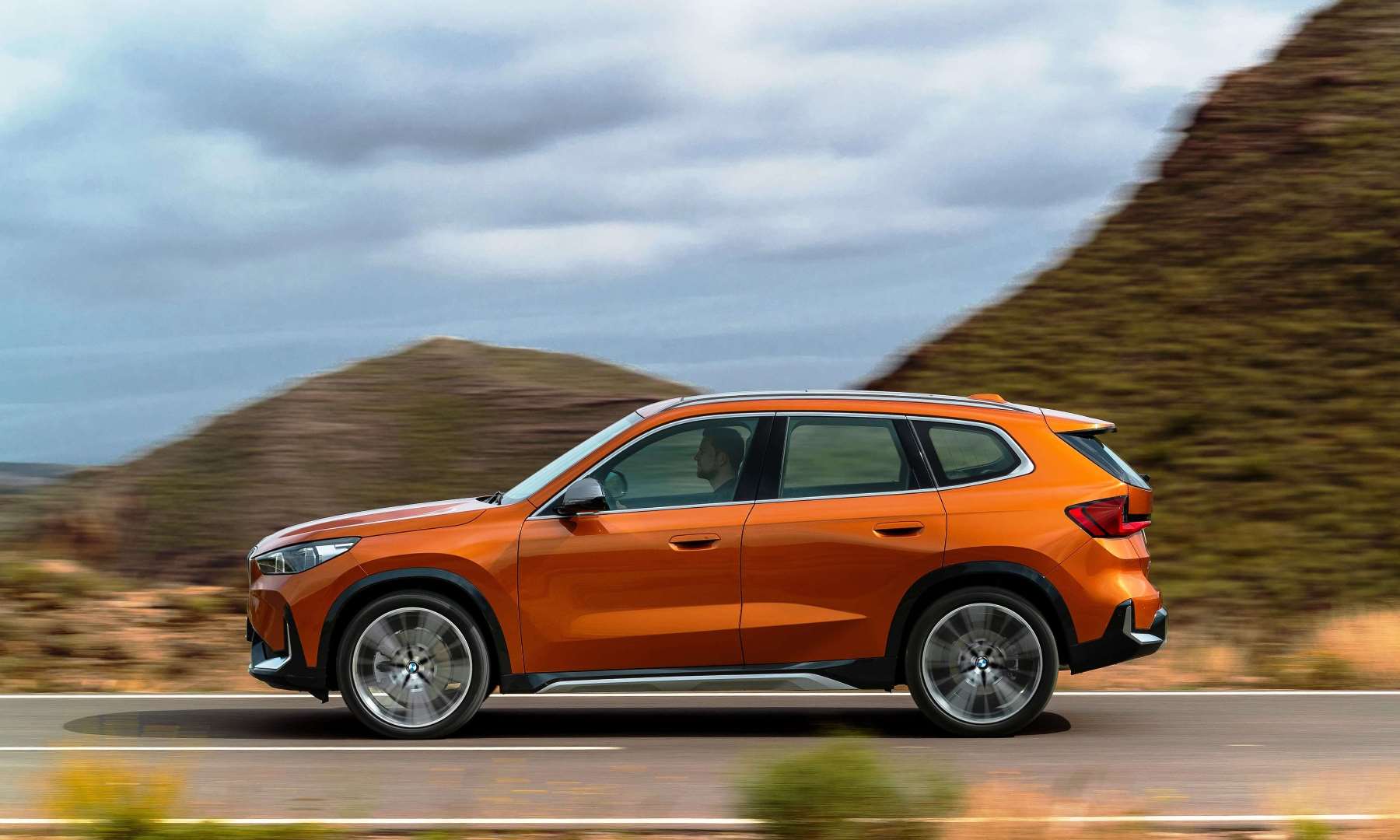
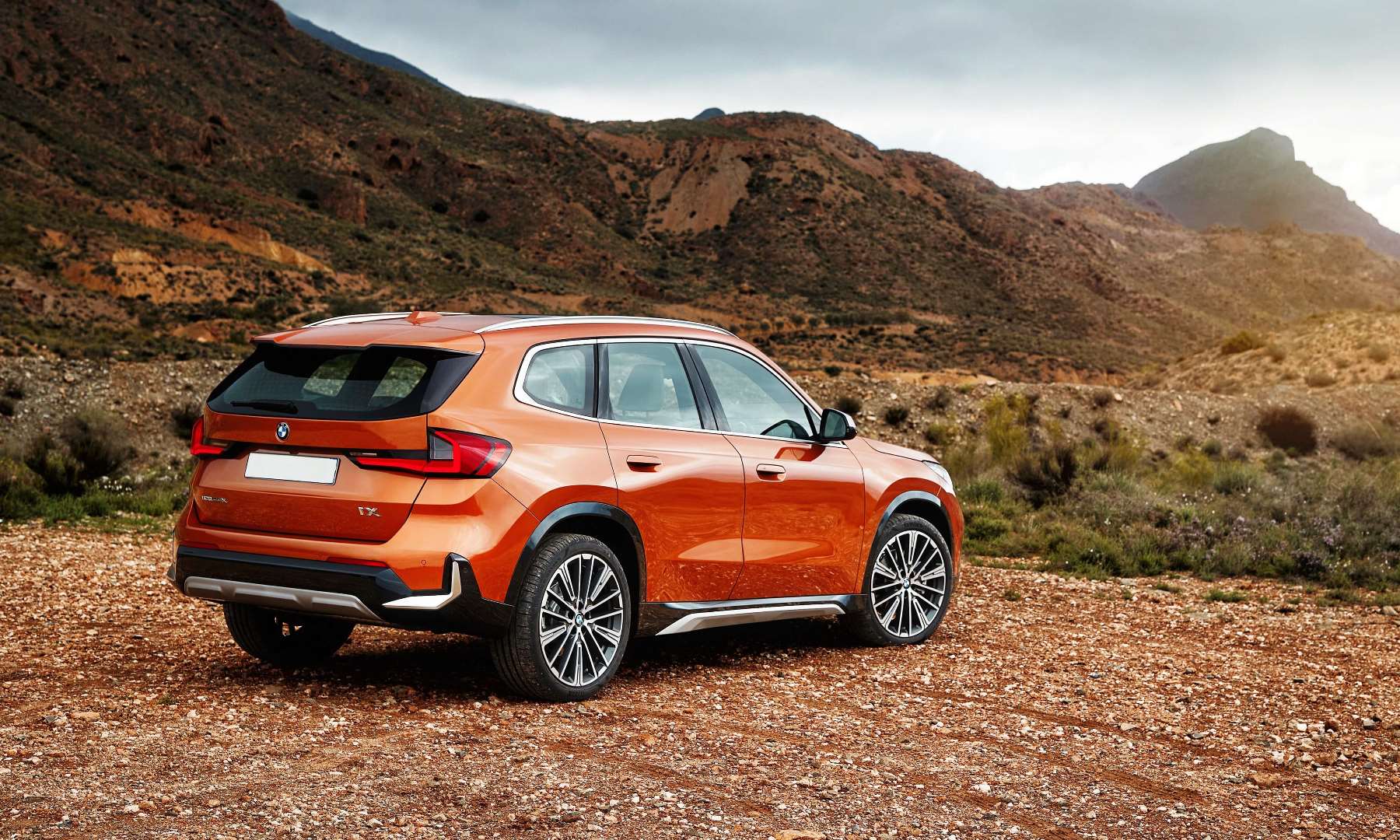
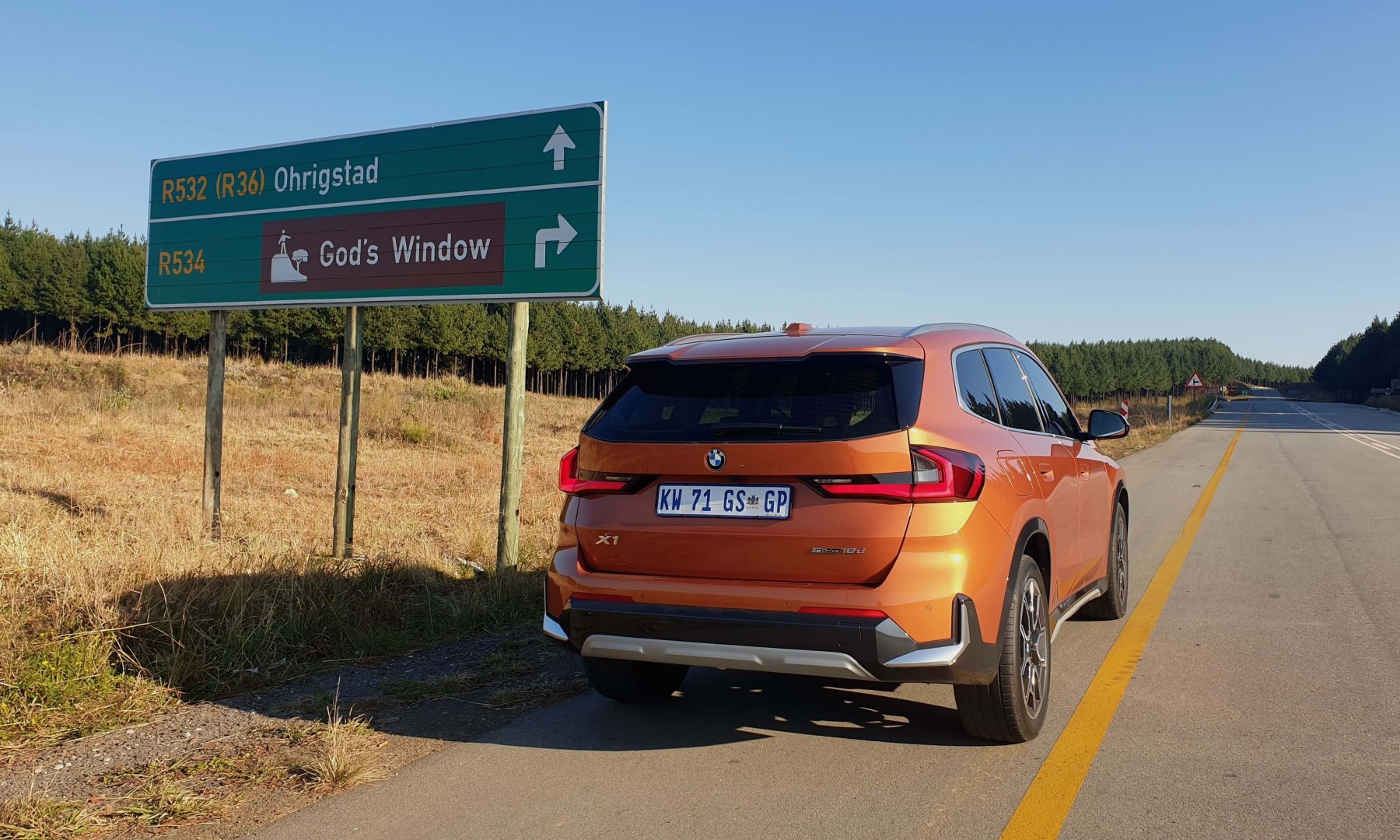
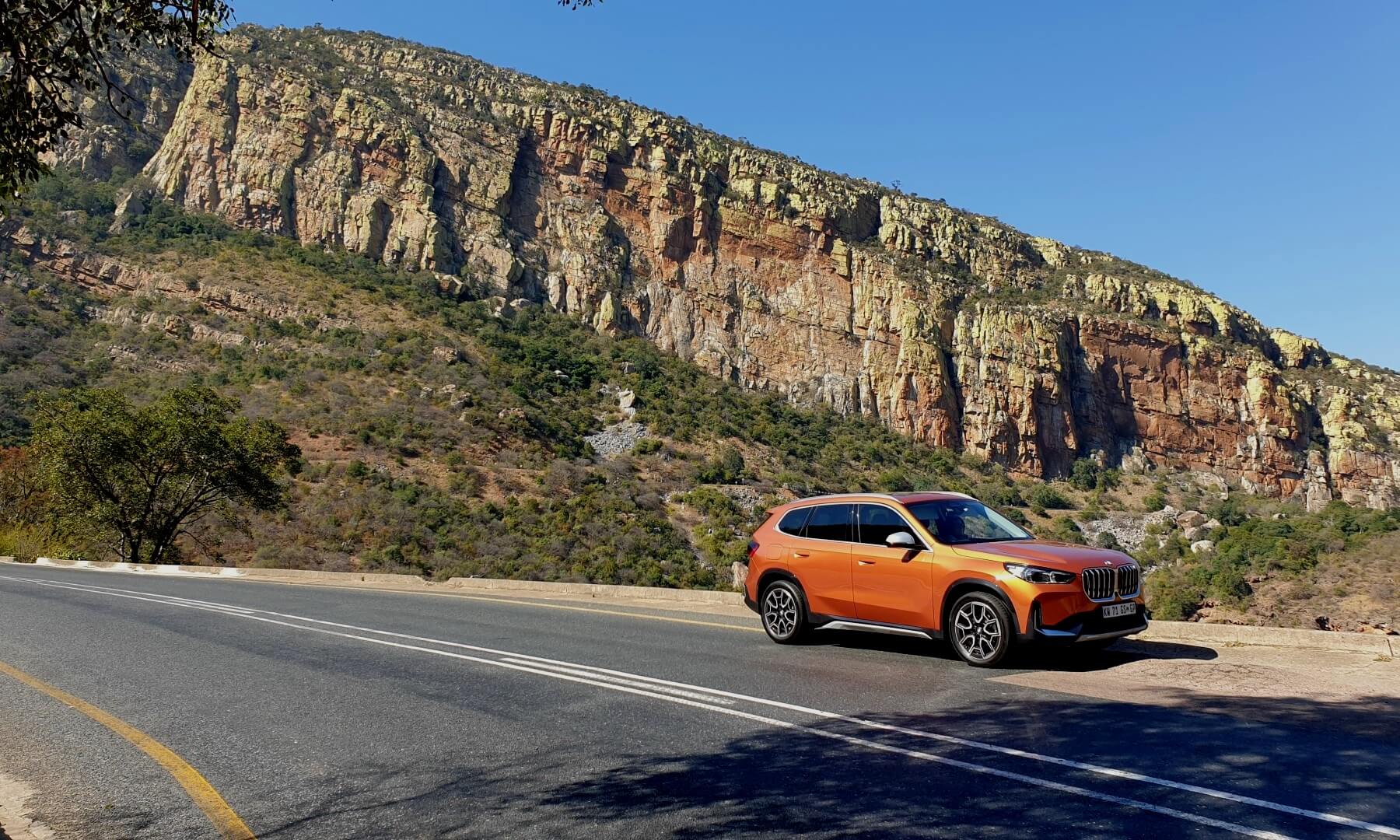
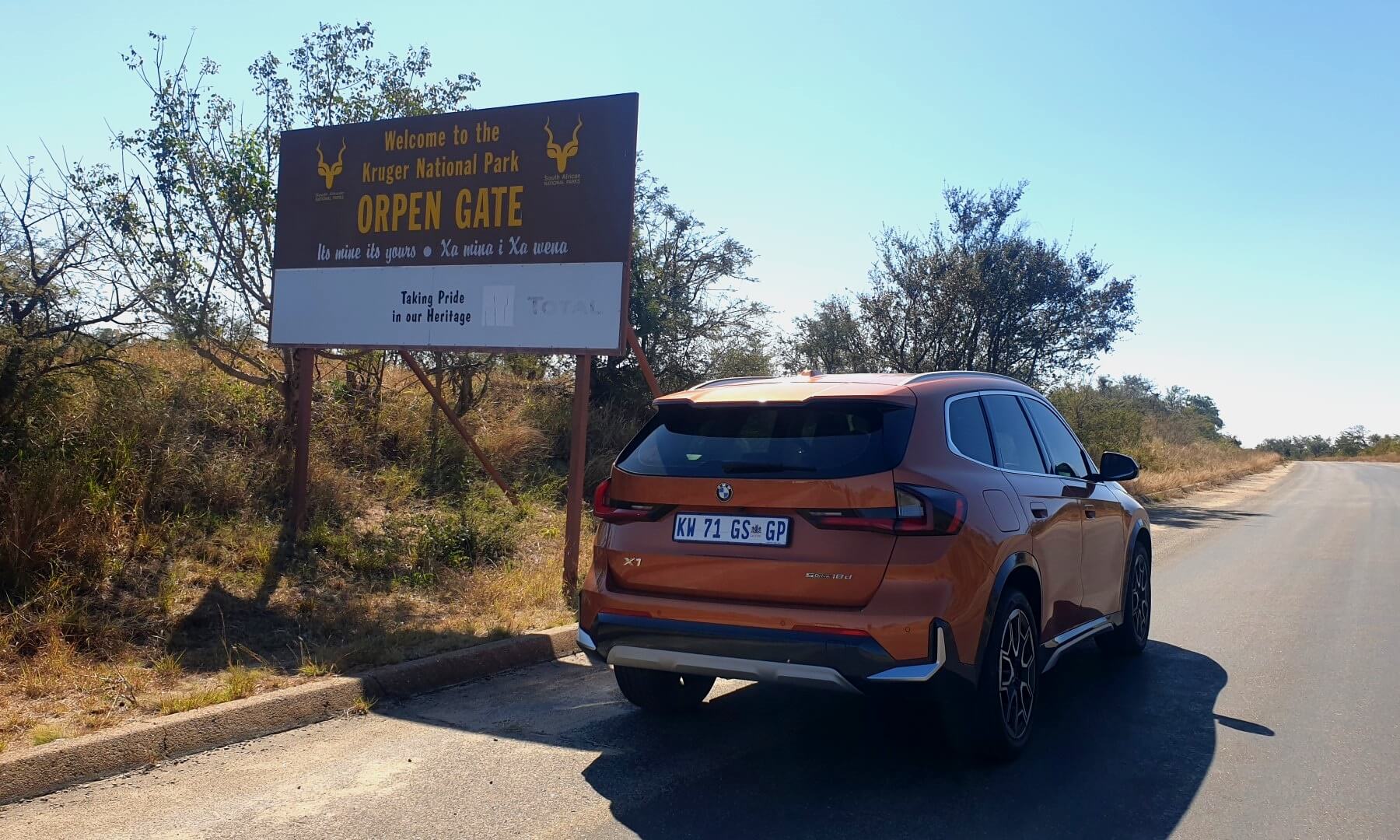
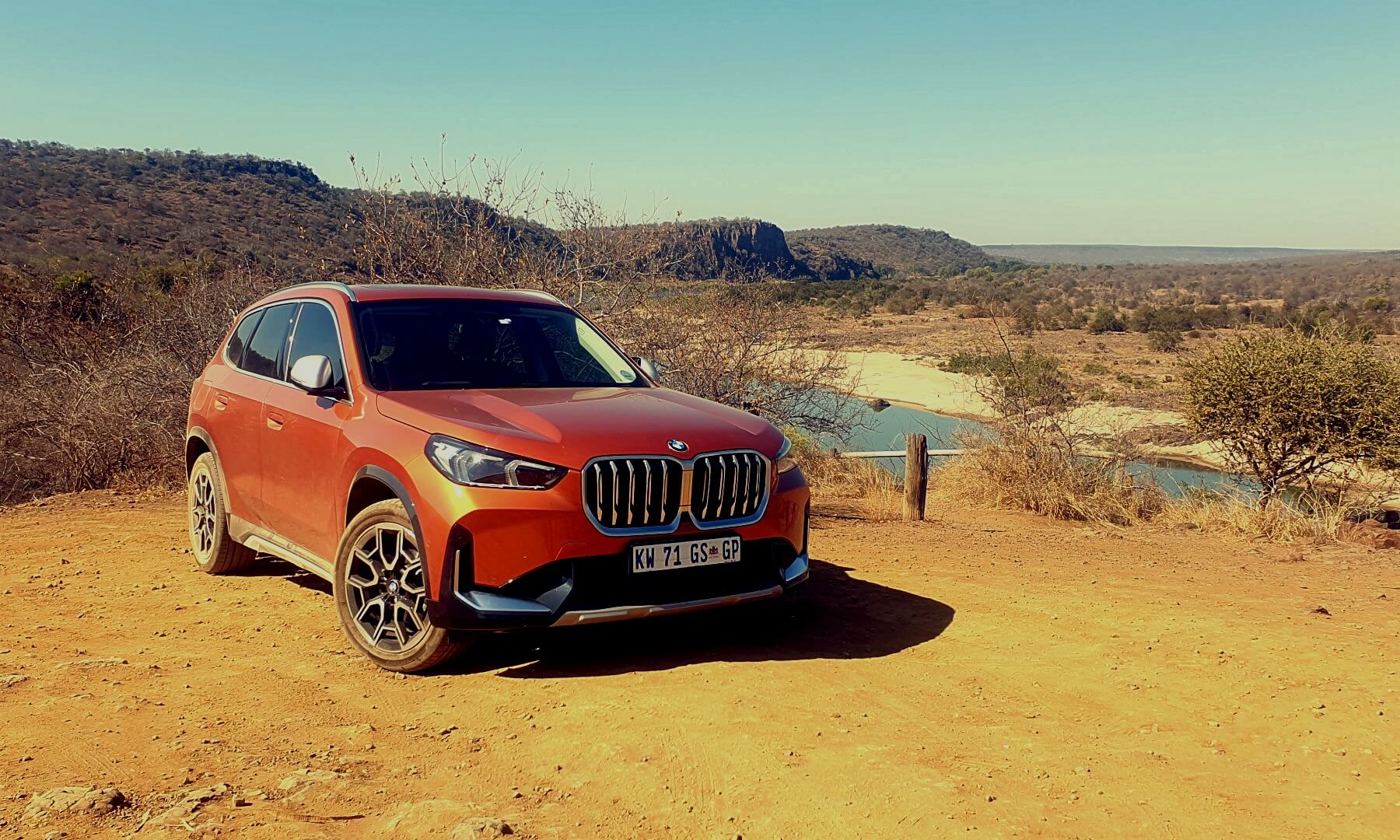

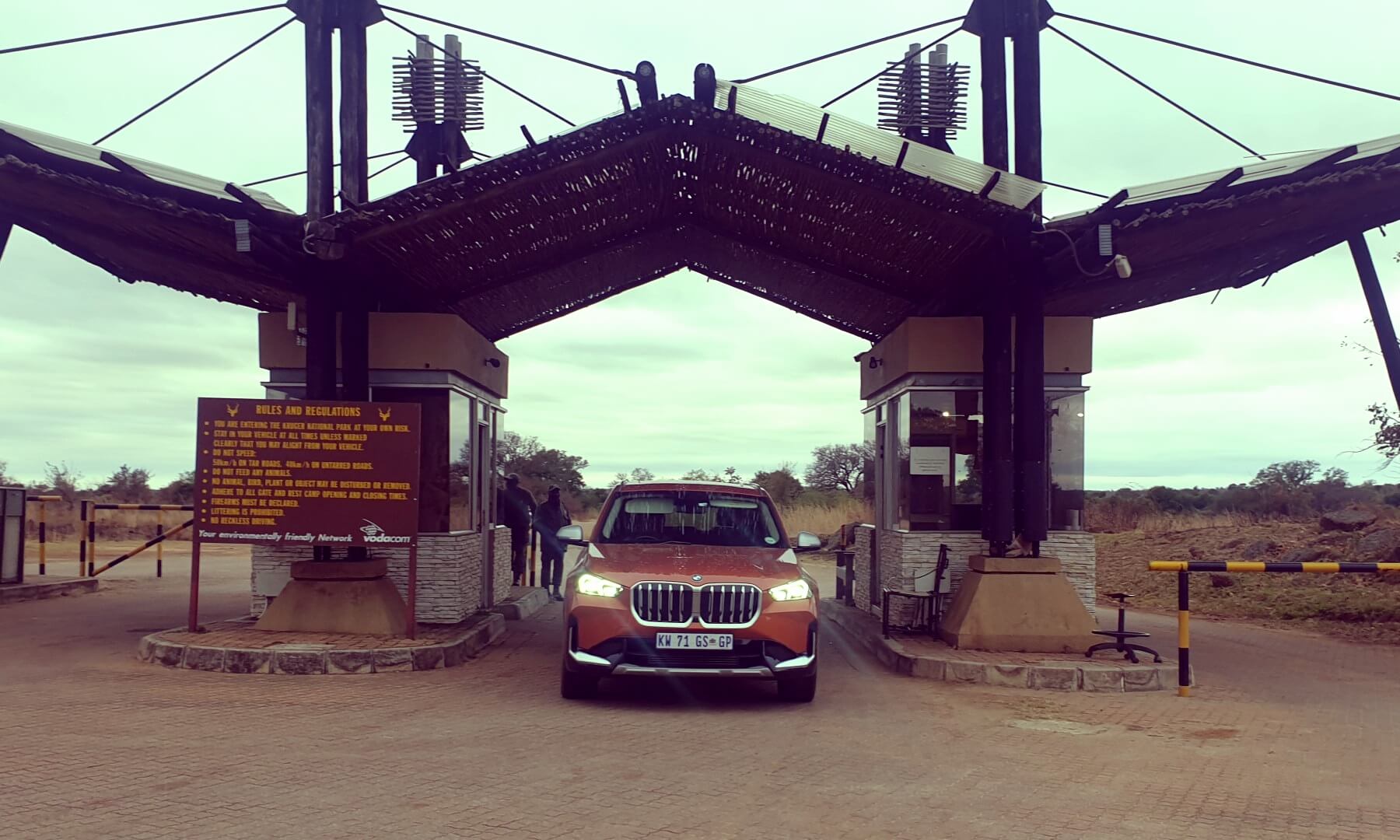


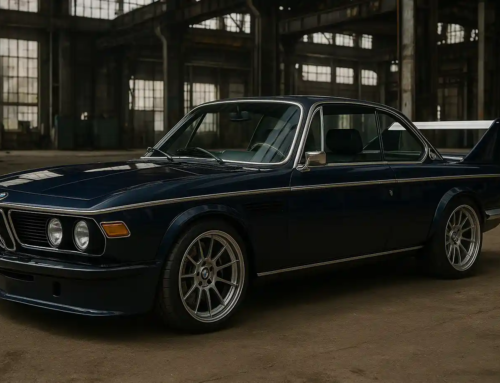
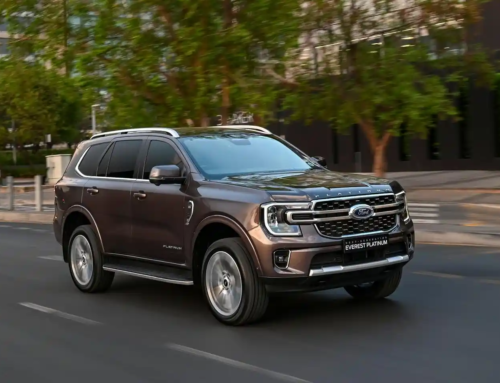
Leave A Comment